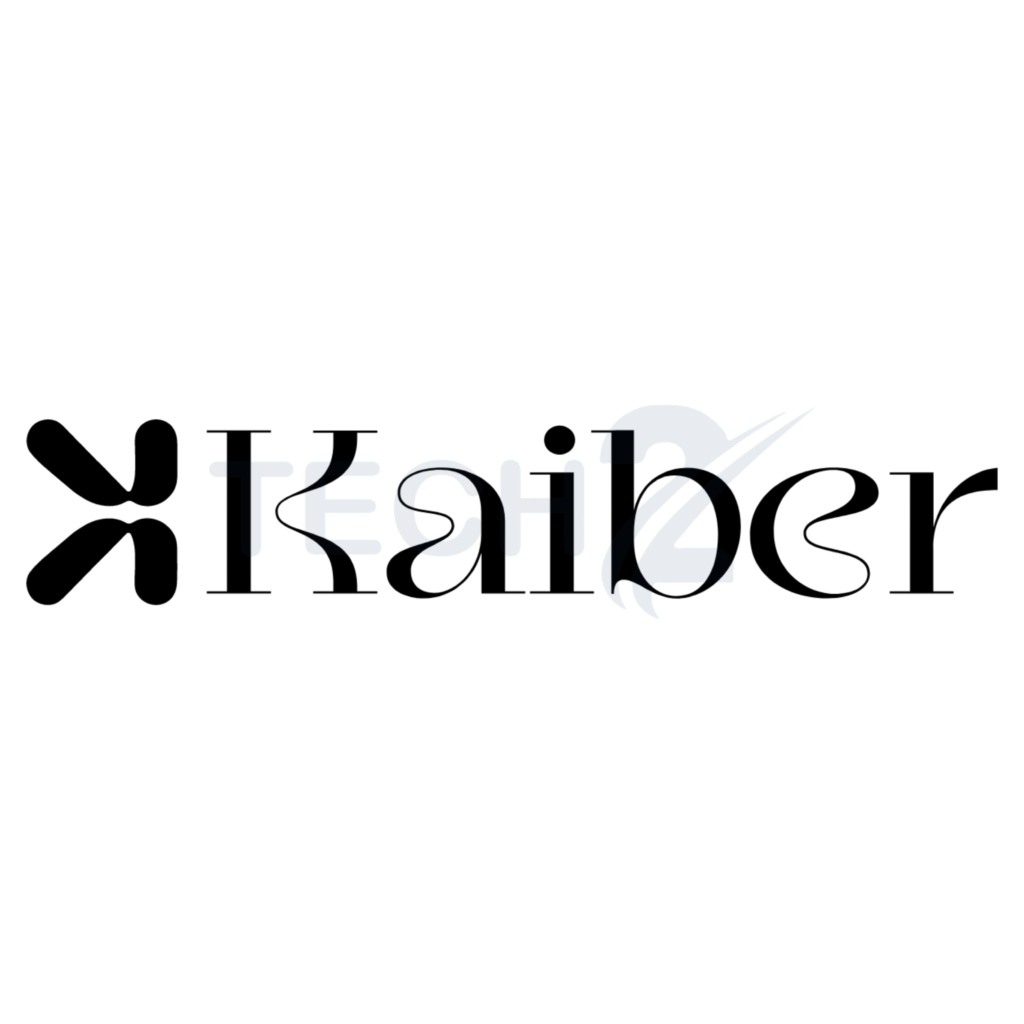The Kaiber App and Kaiber Studio together comprise Kaiber, an AI creative lab. With the help of artificial intelligence (AI), the Kaiber App is a platform for creativity that creates images and videos from user input. Text inputs, sometimes referred to as “Kaiber ai Prompts,” allow you to create original assets from the start. Alternatively, you can add your pictures, songs, videos, Kaiber AI audio, and other materials to your works by uploading them. It is the ideal tool for anyone wishing to make stunning, cutting-edge videos because Kaiber ai free to use and doesn’t require a credit card.

A professional-grade AI video creation tool known as Kaiber Studio enables users to produce Kaiber videos with a variety of features, such as:
- Text-to-video generation: By entering text descriptions of what they would like to see, users can create videos from scratch.
- Image-to-video generation: By uploading images to Kaiber Studio and choosing a preferred video style, users can create videos from pre-existing images.
- Video-to-video generation: By uploading videos to Kaiber Studio and choosing the appropriate video effects, users can create new videos from pre-existing ones.
A like blog – Conch AI
With just a few easy steps, users can create videos using the more user-friendly AI video generation tool, the Kaiber App:
- Select a video style: The Kaiber App provides a variety of video styles, such as cyberpunk, anime, watercolour, and more.
- Type a text prompt where users can provide a few succinct words or sentences describing what they would like to see in their video.
- Create the video: Using the user’s input, the Kaiber App will create a preview of the video. Before producing the final video, users can then modify the text prompt, video style, and other settings.
A proprietary AI algorithm that has been developed on a sizable dataset of photos and videos powers Kaiber. It is now able to produce realistic, imaginative, and captivating videos.
Here’s a more thorough breakdown of Kaiber’s operation:
- Text-to-video generation: Kaiber first divides the text prompt into a series of scenes to produce a video from the text. Next, a collection of keywords is used to represent each scene. Next, Kaiber looks through its library of videos to find snippets that correspond with the scene’s keywords. After the clips are chosen, Kaiber puts them all together to make a full video.
- Image-to-video generation: Kaiber first extracts the objects and features from an image before creating a video from it. It then creates a three-dimensional model of the image using this data. After the 3D model is finished, Kaiber AI can produce a movie showing the model from every viewpoint.
- Video-to-video generation: Kaiber analyses an existing video to find the objects, features, and motions to create a new video from it. It then creates a new video with the desired effects using this information. Kaiber can be used, for instance, to create a slow-motion video from a regular-speed video or a different-coloured video.
Here are some applications for Kaiber that you may consider:
- Marketing videos: Kaiber can be used to produce visually appealing and captivating marketing videos that advertise goods and services.
- Kaiber AI music video: Artists can stand out from the crowd by using Kaiber to create imaginative and distinctive music videos.
- Short films: Filmmakers can demonstrate their skills by using Kaiber to produce high-quality short films.
- Instructional videos: Kaiber can be used to produce interesting and educational videos.
- Videos for social media: You can use Kaiber to make videos for social media that will catch viewers’ attention.

Conclusion
An effective AI tool for making videos for a range of applications is Kaiber AI. It requires little effort to create excellent videos and is simple to use.
Although Kaiber is still in development, a variety of videos, such as music videos, short films, and marketing videos, have already been made with it. Without requiring any technical knowledge, anyone can use Kaiber, a very strong tool.
A like blog – What is a digital certificate?
